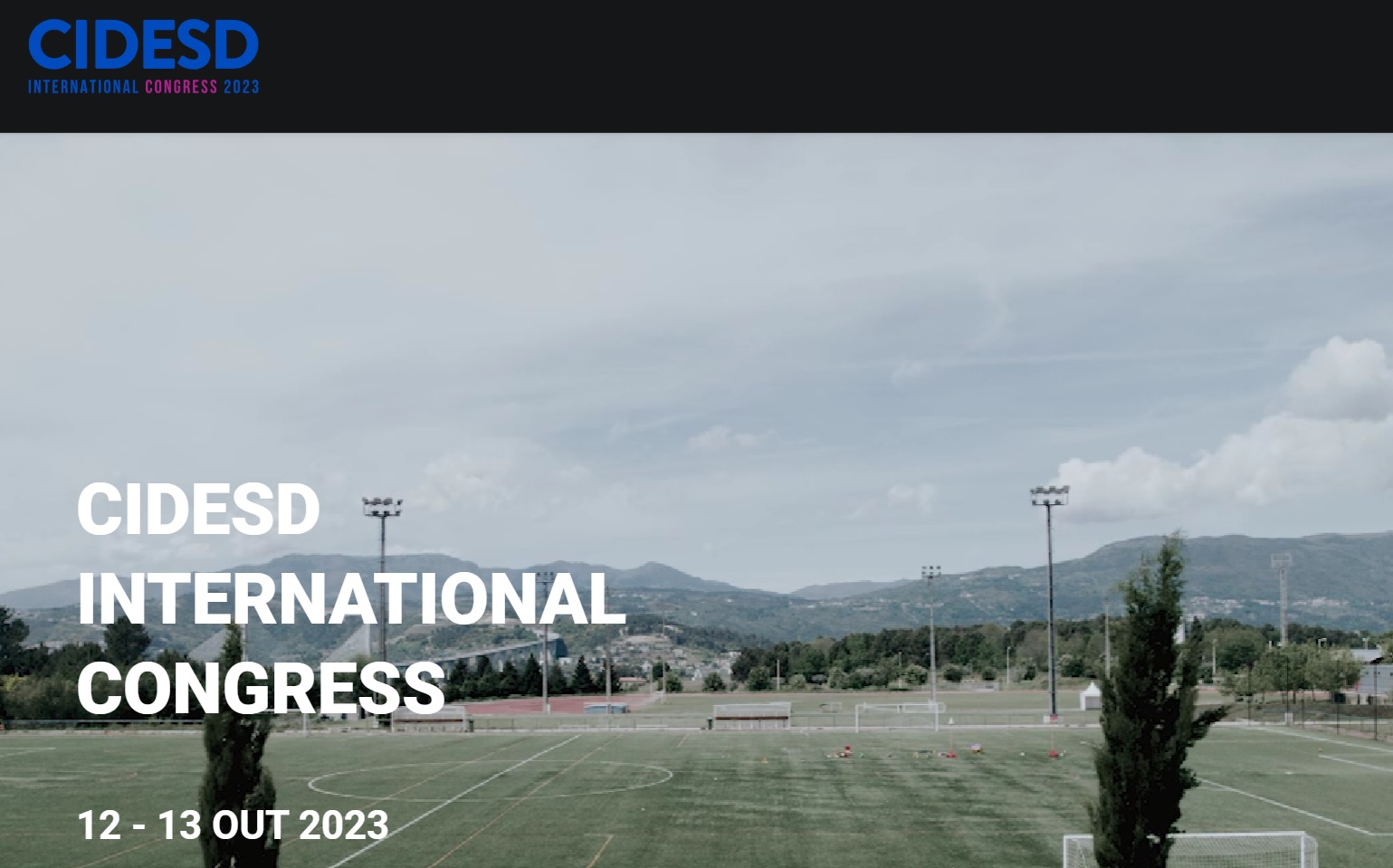Análise dos principais factores de motivação que determinam a persistência no desporto
DOI:
https://doi.org/10.6063/motricidade.31623Palavras-chave:
interpersonal behaviours, basic psychological needs, behavioural regulations, persistenceResumo
This research aims to explore the interplay between supportive and hindering behaviours, the fulfilment of basic psychological needs, motivation, and intentions to sustain sports participation among athletes. A longitudinal approach was employed to investigate the evolving relationships between these variables over time. A total of 538 athletes (219 male and 319 female), aged between 15 and 32 years (mean age = 22.78; standard deviation = 4.52), participated in this study. The sample encompassed athletes from football (n = 187), basketball (n = 172), and swimming (n = 179). The structural equation model exhibited a good fit. Positive direct and indirect connections were observed between most constructs, with the exception of the associations between controlled motivation and basic psychological need satisfaction. Intentions to continue sports participation accounted for 12% of the variance in athletes' sports persistence. While the mediation model did not reveal any direct effects for need-supportive or need-thwarting behaviours, it did identify significant indirect pathways within the positive aspect of the model. The overall indirect impact of need-supportive behaviours in the model was β = .14 (90% confidence interval = .26; .37), whereas, for need-thwarting behaviours, it was β = -.05 (90% confidence interval = -.11; -.01), indicating a beneficial mediation process. Cultivating autonomous motivation and fostering a supportive environment that meets athletes' basic psychological needs can be instrumental in nurturing enduring commitment, boosting athletes' intentions to persist in sports, and heightening their prospects for long-term success.
Downloads
Publicado
Edição
Secção
Licença
Os autores dos manuscritos submetidos para publicação deverão ceder, a título integral e permanente, os direitos de autor (copyright) à revista Motricidade e às Edições Sílabas Didáticas. A cedência de direitos de autor permite a publicação e divulgação do artigo em formato impresso ou eletrónico e entrará em vigor a partir da data de aceitação do manuscrito. Os autores concedem, ainda, os direitos para a revista Motricidade utilizar e explorar o respetivo artigo, nomeadamente para licenciar, ceder ou vender o seu conteúdo a bases de resumos/indexação ou outras entidades.
Nos termos da licença “Creative Commons”, os autores poderão reproduzir um número razoável de exemplares para uso pessoal ou profissional, mas sem fins comerciais. Nos termos da licença SHERPA/RoMEO, os autores poderão, ainda, disponibilizar/arquivar uma cópia digital final (versão postprint) do artigo no seu website ou no repositório científico da sua instituição.


